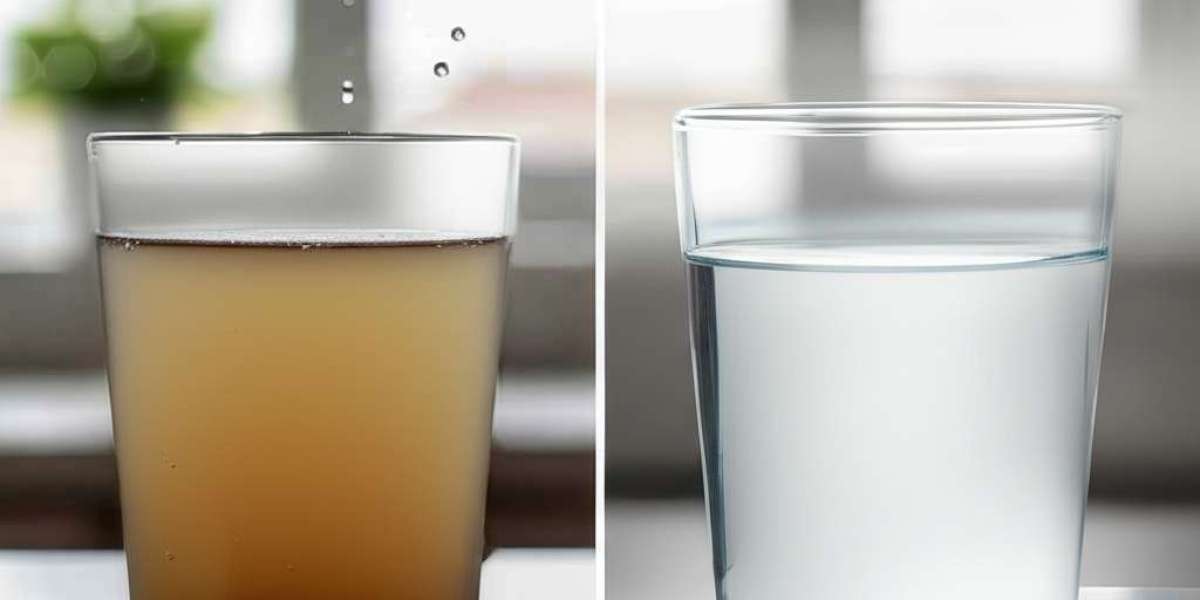EXPOSED: The SHOCKING Truth About Your Drinking Water in India! (And How RO Membranes Can SAVE Your Life & Wallet in 2025!)
India’s water crisis is no secret. With 70% of surface water polluted and rapid urbanization straining resources, access to safe drinking water is a growing concern. This is where Reverse Osmosis (RO) technology steps in. It’s not just a luxury—it’s a necessity for millions of households, businesses, and industries.
At the heart of every RO system is the RO membrane, a tiny but mighty component that filters out impurities like dissolved salts, heavy metals, and bacteria. Choosing the right membrane can make all the difference in water quality, system efficiency, and long-term costs. This guide breaks down everything you need to know about RO membranes in India—types, pricing, regional challenges, and how to pick the best one for your needs.
________________________________________
2. How RO Membranes Work: The Science Simplified
An RO membrane is like a super-fine sieve. Made from synthetic materials, it allows only water molecules (as small as 0.0001 microns) to pass through while blocking contaminants. Here’s how it works:
1. Pressurization: Water is pushed through the membrane using a pump.
2. Filtration: Pure water seeps through, while impurities are flushed away as wastewater.
3. Collection: Clean water is stored for use.
Key Performance Metrics:
• Salt Rejection Rate (95-99.9%): Higher is better—BIS standards require at least 95%.
• Flow Rate (LPD): How much clean water the system produces per day.
• Operating Pressure: Lower pressure means lower electricity bills.
• Recovery Rate: Higher recovery = less water wasted.
These factors determine efficiency and cost. For example, a membrane with high recovery saves water, crucial in drought-prone areas.
________________________________________
3. Types of RO Membranes in India: Which One’s Right for You?
India’s diverse water problems call for different RO membranes. Here’s a quick rundown:
Type Best For Pros Cons
Thin Film Composite (TFC) Homes, offices, industries High salt rejection, long lifespan Sensitive to chlorine, needs pre-filtration
Cellulose Acetate (CA) Budget systems, chlorinated water Cheap, chlorine-tolerant Shorter lifespan, struggles with high TDS
Low-Pressure RO Rural areas, solar-powered systems Energy-efficient, gentle on pumps Slightly lower rejection rate
Brackish Water RO (BWRO) Borewells, industrial use Handles high TDS (1,000-3,000 ppm) Needs strong pressure
Seawater RO (SWRO) Coastal regions, desalination Removes salt from seawater Very high energy use
Nanofiltration (NF) Softening water, keeping minerals Retains calcium/magnesium Doesn’t remove all salts
Example: If you’re in Delhi with hard, high-TDS water, a BWRO membrane is ideal. For coastal Chennai, SWRO is a must.
________________________________________
4. Regional Water Challenges & Membrane Recommendations
India’s water quality varies wildly. Here’s what to watch for in your region:
• North India (Delhi, Punjab): High TDS, nitrates, arsenic → BWRO + anti-scalant pre-treatment.
• West India (Rajasthan, Gujarat): Extreme TDS, fluoride → High-rejection BWRO or SWRO.
• South India (Karnataka, Tamil Nadu): Bacteria, industrial pollutants → TFC + UV sterilizer.
• East India (West Bengal, Bihar): Arsenic, iron → TFC with arsenic-specific filters.
• Coastal Areas: Saltwater intrusion → SWRO or BWRO with desalination pre-treatment.
Pro Tip: Always test your water first! A ₹500-3,000 lab test can save you from buying the wrong system.
________________________________________
5. Top RO Membrane Brands in India (2025)
International Brands:
• Dow FilmTec (USA): Premium quality, long lifespan (3-4 years). Prices: ₹1,200-35,000.
• Toray (Japan): Industrial-grade, anti-fouling. Prices: ₹11,000-35,000.
• LG Chem (South Korea): Great balance of price and performance. Prices: ₹10,000-32,500.
Indian Brands (Budget-Friendly):
• Pearl Water Technologies:
• Standard RO Membrane (11.75" x 1.75"): ₹599
• Ultra Series RO Membrane (100 GPD): ₹1,249 (pack of 2)
• Commercial RO Membranes: Starting from ₹2,999
Pearl Water Technologies: A trusted name in RO membranes, offering a range of high-quality options for both residential and commercial use. Check out their products at Pearl Water Membranes and explore more solutions at Pearl Water Technologies.
Rule of Thumb: Premium brands cost more upfront but last longer, saving money over time.
________________________________________
6. How to Choose the Right RO Membrane
1. Test Your Water: Check TDS, hardness, contaminants.
2. Match Membrane to Water Source:
o Municipal water? TFC membrane (₹599-1,500).
o Borewell with high TDS? BWRO (₹2,500-8,000).
3. Consider Brand & Budget:
o Residential: Pearl Water or LG Chem (₹599-3,000).
o Commercial: Dow or Toray (₹3,000-15,000).
________________________________________
7. Maintenance Tips to Extend Membrane Life
• Flush Weekly: Prevents clogging.
• Replace Filters Regularly: Sediment (₹200-500/half yearly), carbon (₹300-800/quarter).
• Watch for Scaling: In hard water areas, use anti-scalant (₹800-2,000 refill).
• Annual Check-Up: Professional servicing (₹1,500-3,000) keeps the system running smoothly.
Cost-Saving Hack: Proper maintenance can double your membrane’s lifespan (saving ₹1,000-25,000 on replacements).
________________________________________
8. Cost Analysis: Is an RO System Worth It?
Residential RO System:
• Annual Cost: ₹11,400-24,000
• Average Daily Water Production: 10-15 liters (standard household use)
• Annual Production: 3,650-5,475 liters
• Cost per Liter: ₹2.08-₹6.58
• Bottled Water Cost: ₹5-25 per litre
Verdict: While bottled water remains more expensive, RO systems provide better long-term value with superior water quality control. The breakeven point comes faster when considering health benefits and convenience.
________________________________________
9. Future Trends: What’s Next for RO in India?
• Energy-Efficient Membranes: Cutting electricity use by 50%.
• Smart RO Systems: IoT-enabled filters that alert you when maintenance is due.
• Govt. Initiatives: Jal Jeevan Mission boosting rural RO demand.
By 2030, India’s RO market is expected to hit ₹25,000 crores, with innovations making systems cheaper and greener.
________________________________________
10. Final Advice: Making the Smart Choice
• For Homes: Start with a TFC membrane (₹1,200-2,500) if your TDS is under 1,000 ppm.
• For High-TDS Areas: BWRO (₹2,500-8,000) is a safer bet.
• For Coastal Regions: SWRO (₹8,000-25,000) is non-negotiable.
Remember: The cheapest membrane isn’t always the best. Invest in quality pre-treatment and maintenance to save money long-term.
For reliable RO membrane options, visit Pearl Water Technologies and explore their range at Pearl Water Membranes.
*Abbreviations used
• RO – Reverse Osmosis
• TDS – Total Dissolved Solids
• BIS – Bureau of Indian Standards
• LPD – Liters Per Day
• TFC – Thin Film Composite
• CA – Cellulose Acetate
• BWRO – Brackish Water RO
• SWRO – Seawater RO
• NF – Nanofiltration
• IoT – Internet of Things
Need Help? Consult a local water expert for a tailored solution. Clean water isn’t just a purchase—it’s an investment in health and peace of mind.







